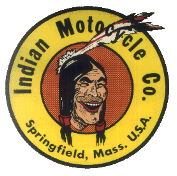Sad to hear that you have had several issues with your restoration!
A refurbished carb to factory specifications should not dribble!
Was the old needle cone ground and polished to mirror finish? It should be ground to somewhere 30-45 deg, but the angle is not overly important, if the needle is used to form the seat. In that case you should perhaps save and use it because in some cases the orig needle is lighter than a reproduction.
Is the needle seat thin? I like mine to be about 0,4mm/.015in when refurbished, in order to seat easy and be less sensitive to side loads that can knock it out of alignment. And I always burnish the seat only with hand pressure, never tapping. Never ever in any case I got a seat tight with any grinding compound. Even tried toothpaste but that is useless, doing absolutely nothing.
The needle arm needs a fine fitting on it's pin. A sloppy twist- and side-to-side fit and the needle is easily knocked out of alignment to the seat.
Most people think that a wider seat will be tighter, but in fact it is the opposite if the force that the float is exerting upon the needle is the same. The force per square mm or In. is higher the thinner the seat is. A larger surface area does not seal better, on the contrary, the force per area unit lessens and makes it easier for the fluid to pass. Because of the fluid viscosity of the petrol, and imperfections in the valve, alignment and wear resistance, the seat however might need to be broader than just knife edge thin.


